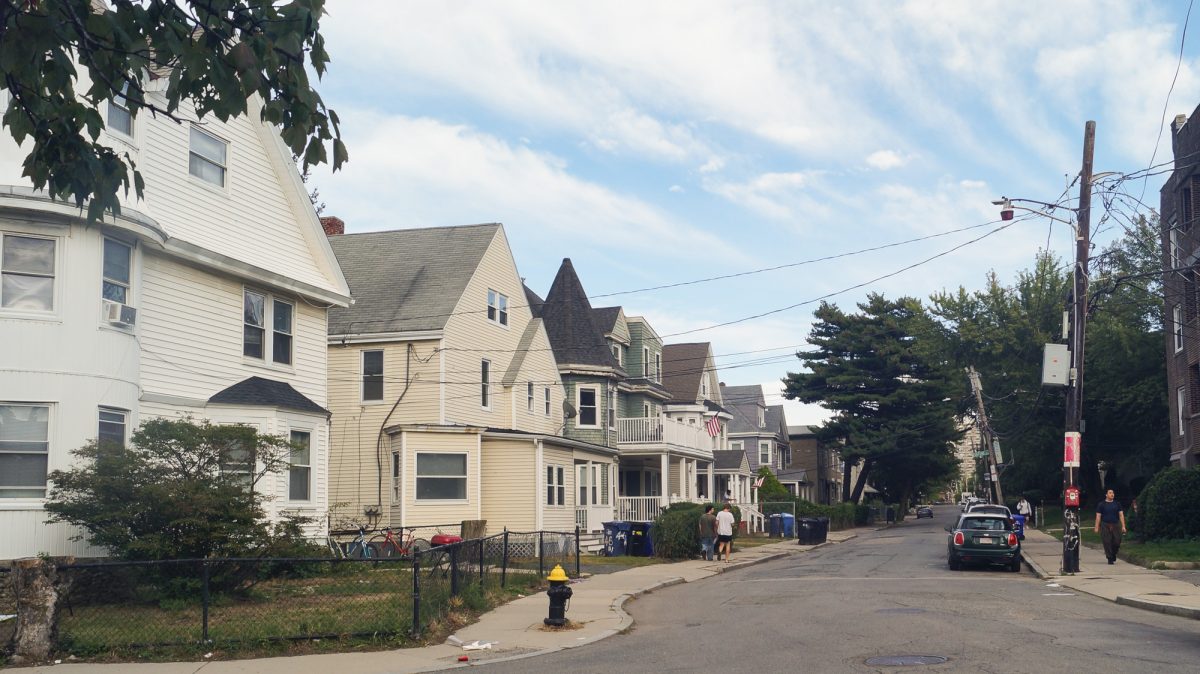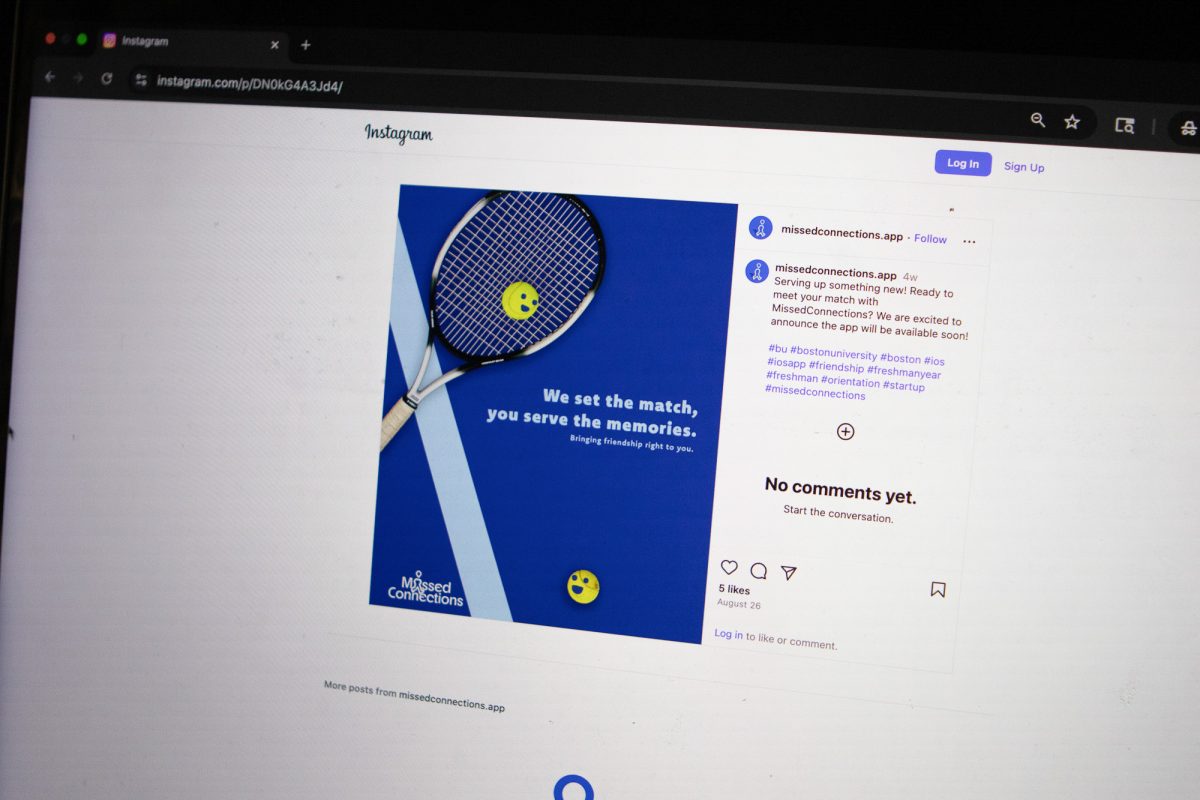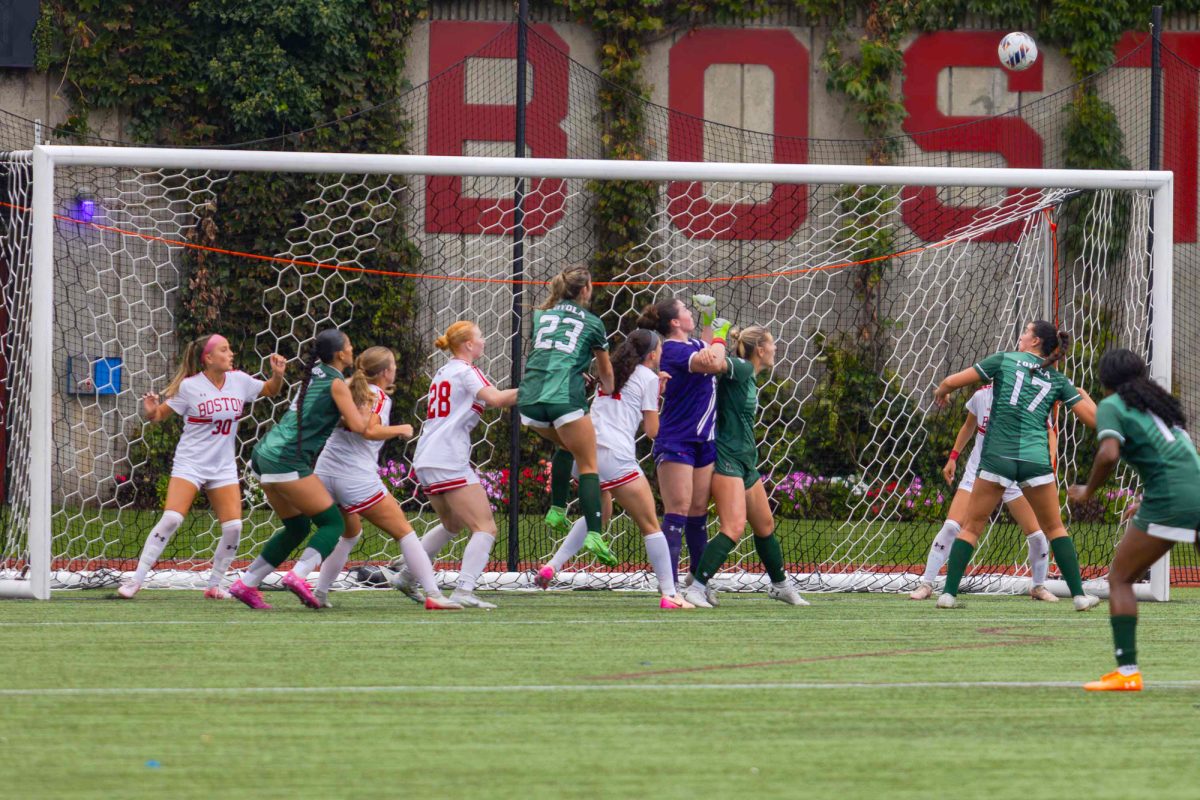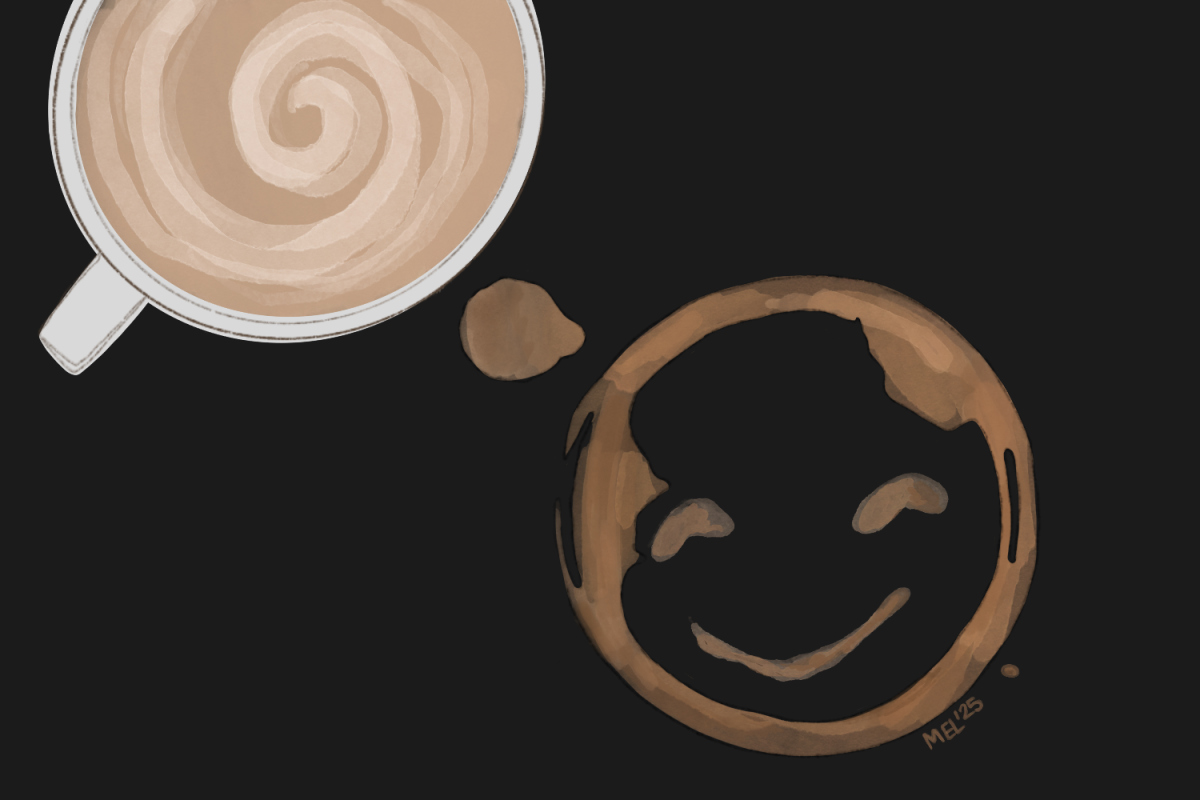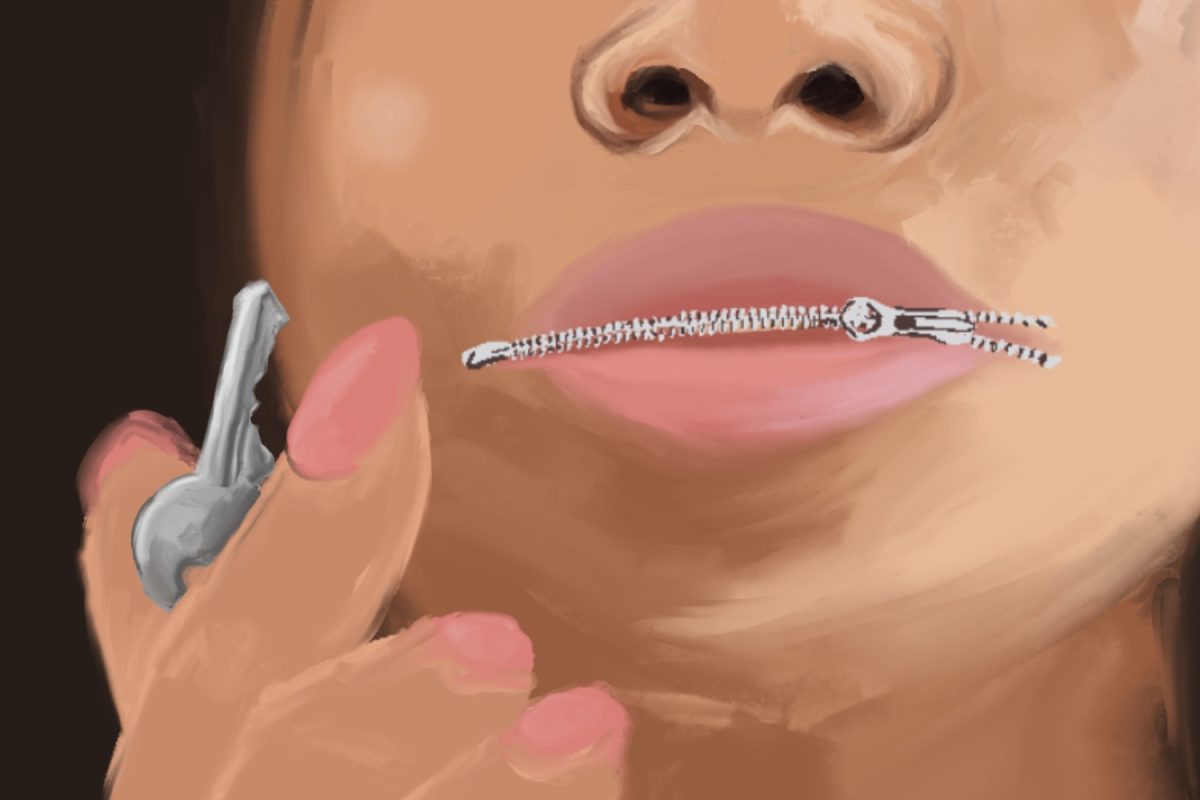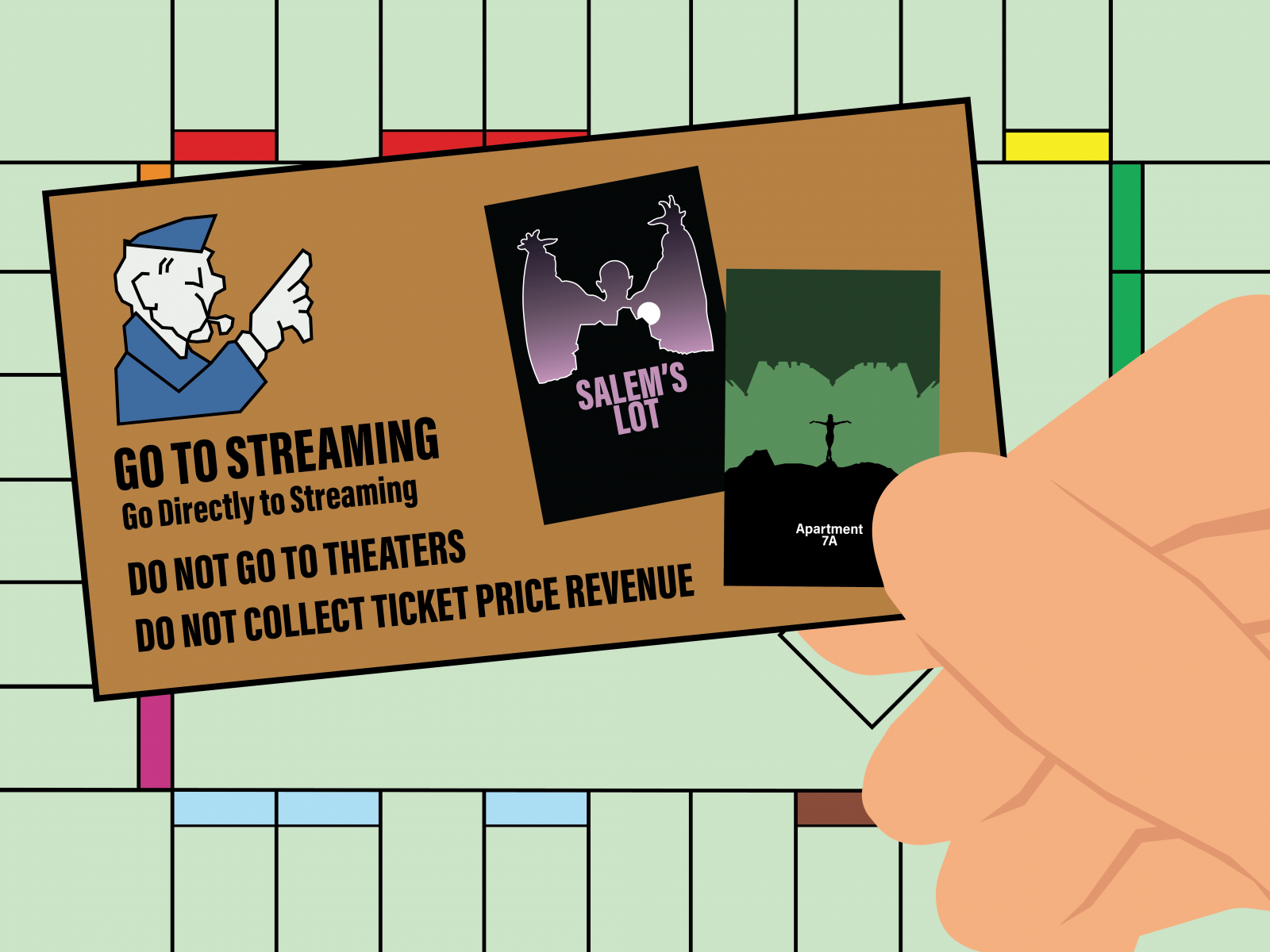I was sitting at the George Sherman Union the other day when an older gentleman approached me and asked about the sticker of actress Lauren Bacall pasted on the back of my laptop. After bonding over our shared love of Jean Arthur comedies from the 1930s, the man posed a question: How can we get more kids your age to watch old movies?
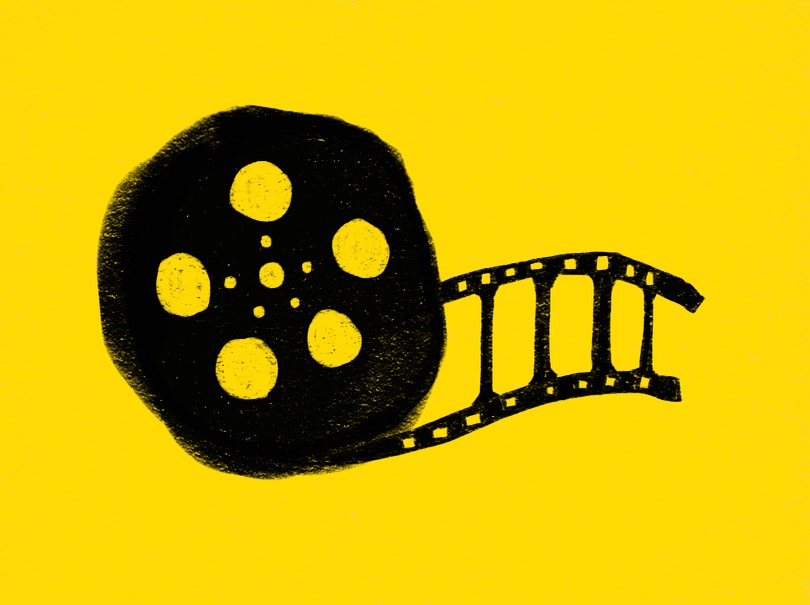
Perhaps it’s useful to start with an idea of a standard movie lover.
You watch most of the Best Picture nominated Oscar movies each year, you get an average of three likes on your Letterboxd one-liners and you’ve seen enough David Fincher films to have a favorite. You’ll watch an international film if it’s showing in a theater near you and you might even have an AMC Stubs A-List membership.
You consider yourself knowledgeable about movies, yet rarely watch films made before 1970. Sure, you’ve seen “Casablanca” and “It’s a Wonderful Life,” but why is it that you haven’t gone further than your odd one-off musical or film class screening?
I can understand some of the reasons for avoiding the cinema of yore. Actors from the Golden Age of Hollywood often speak in a different way — using a mid-Atlantic accent — that can make dialogue difficult to decipher without subtitles. Perhaps black-and-white cinematography isn’t stimulating enough for the modern TikTok doomscroller’s hyperactive mind.
It’s impossible to fathom how a movie made in the 1930s could be relatable in any way to a young adult living in 2024.
Sure, there are boring, unrelatable films from the early twentieth century. That doesn’t mean there aren’t also boring, unrelatable films from the past five years — “Amsterdam,” for example. Just like modern cinema isn’t homogenous, classic cinema isn’t all the same either.
So many modern film tropes and techniques only exist because these older films effectively executed them first. The late-1990s and early-2000s rom-coms that we all know and love wouldn’t exist without screwballs from the 1930s and 1940s. Did you like the “I’m Just Ken” sequence in “Barbie?” Gene Kelly did the whole dream dance sequence with colorful, expansive sets first, almost eighty years ago.
Here’s my pitch: Give these old movies another shot.
I won’t tell you to watch “Citizen Kane.” I promise. Instead, I’m suggesting one film from each Old Hollywood decade that is more accessible to you, the modern viewer. I hope that you’ll watch at least one. That’s all I ask. Just one. Oh, and maybe write a Letterboxd review of it afterward.
“The Apartment” (1960)
This one goes out to all the depressed romantics in the room. Jack Lemmon plays Bud Baxter, a sensitive insurance clerk who lets his coworkers use his apartment as a place to carry out affairs. One night, his boss’s date goes awry, and Baxter is left picking up the pieces — and a romance with none other than Shirley MacLaine.
“The Apartment” is a tragic, romantic and funny film for the ages. I don’t know about you, but I can certainly relate to Baxter’s simultaneous grind set and solitude that director Billy Wilder perfectly encapsulates in this two-hour film. He longs for companionship amidst a city of lovers, and there’s no desire more timeless than that.
“Roman Holiday” (1953)
If “The Apartment” is for the depressed romantics, “Roman Holiday” is for the hopeful romantics. Audrey Hepburn stars as a bored princess who shirks her royal duties for a day to explore Rome with Gregory Peck, who plays an undercover American reporter.
This is probably the most accessible movie on this list. You can see echoes of its fantastical 24-hour romance in more modern titles like “Before Sunrise.” Filmed on location in Italy, this movie is not only charming, but also a nice respite from the look of typical Hollywood studio sets.
“The More the Merrier” (1943)
Set during the WWII housing shortage in Washington D.C., this screwball comedy follows Connie Milligan — played by Jean Arthur — who decides to rent out one of her rooms to a soldier. To her initial frustration, she winds up with two men living in her apartment. But when one of the men tries to set her and the other guy up, she begins to enjoy her living situation more than she expected.
“The More the Merrier” incorporates all sorts of physical and verbal gags that will keep you entertained for its 104-minute runtime. Not only is it comedic, but it’s also pretty raunchy at times. Despite the production code in place during the filming of this movie, the staircase scene in “The More the Merrier” would probably scandalize audiences today. Okay, maybe I’m exaggerating a little, but the sexual tension is definitely tangible.
“Bringing Up Baby” (1938)
This film might not be as relatable compared to the other classics on this list because most people haven’t had the experience of caring for a leopard named Baby. “Bringing Up Baby” is literally about Katharine Hepburn and Cary Grant running around with a leopard. Quite frankly, there’s really no other way to describe this movie other than a whole bunch of shenanigans ensuing.
This comedy is probably the hardest sellout of the four movies here, as it’s the most stereotypically Old Hollywood. But if you’re less in the mood for a dramatic romance story and more in the mood for a silly comedy with famous actors and witty dialogue, definitely give “Bringing Up Baby” a chance.
There’s a lot that this list is missing. I didn’t mention any musicals, any technicolor films or any noirs. I did try to make this list as accessible as possible while also including some deeper cuts, which meant focusing on tried and true themes: comedy and romance.
Maybe you won’t watch any of these, and while that makes me sad, I hope this list at least inspires you to step out of your film comfort zone in whatever way that may be.
But, maybe you’ll take a chance and watch one or two of the movies on this list. If you do, I hope you’ll realize, as I once did, that classic cinema is a lot more entertaining than you originally thought.








